Prune away the water sprouts and the stems that grow from the bottom of the trunk and the roots Japanese Plum Tree Characteristics Physical Features Japanese plum trees reach a height of 10 to 15 feet with a wider spread on maturity Flowers appear in the first year, and the fruits in the following springPruning Japanese Maples by Michelle Le Strange, UC Master Gardener One of the most favorite trees in the home landscape is the lovely Japanese Maple (Acer palmatum) We choose and plant this tree because we've seen its delicate form, graceful elegance, and the character of its branches enhancing many established landscapesAlso known as Japanese Spindle 'Kathy', this plant can sometimes be found listed as Euonymus fortunei 'Kathy' or just Euonumys 'Kathy' Preferring a sunny spot in sheltered locations, this evergreen will grow in most soil conditions New stems and foliage can appear without any variegation, prune these out completely
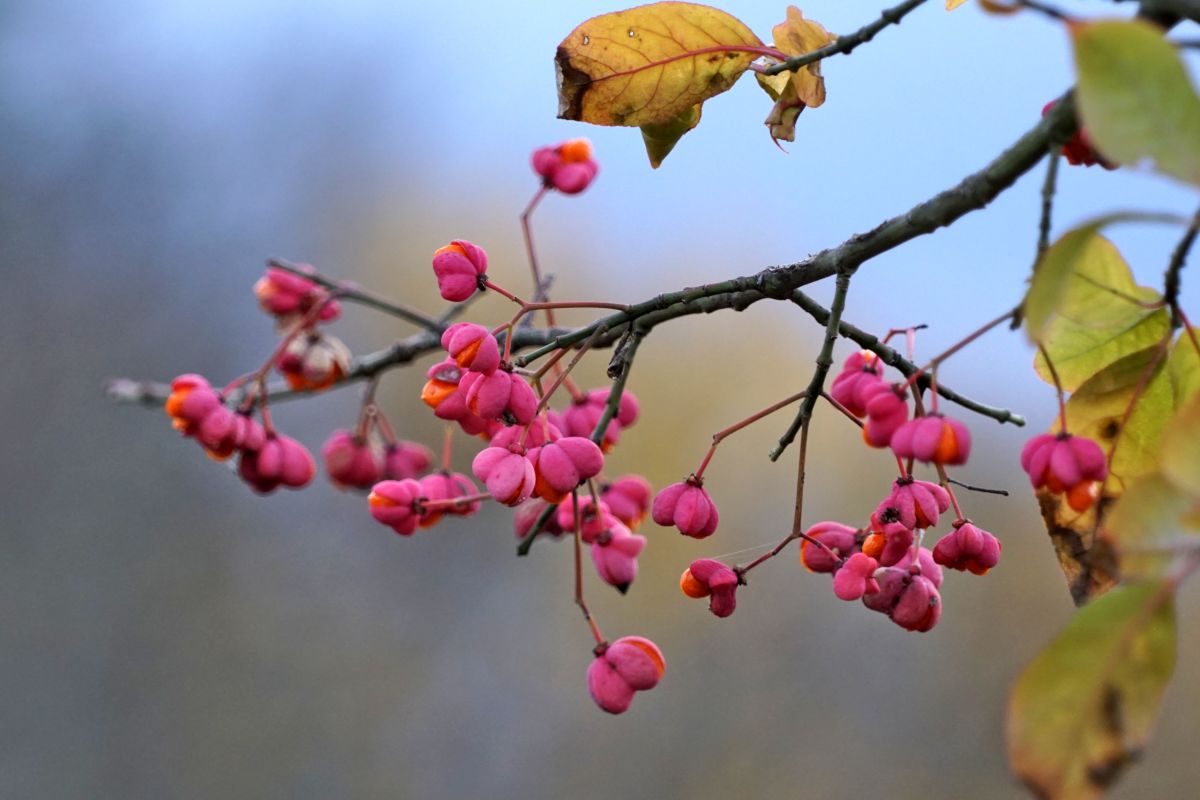
Spindle Planting Pruning And Advice On Caring For It
Japanese spindle tree pruning
Japanese spindle tree pruning-Japanese maples are elegant in all seasons, with delicate leaves, fine fall color, and the loveliest branch patterns in the world The two most common forms of this tree are the upright, understory tree (Acer palmatum and cvs) and its little brother, the Japanese laceleaf maple (Acer palmatum var dissectum and cvs), a much smaller, weeping tree often used as a garden focal pointBotanical name Euonymus japonicus 'Happiness' Other names Japanese spindle 'Happiness' Genus Euonymus Euonymus Variety or Cultivar 'Happiness' _ 'Happiness' is a compact, moundforming, evergreen shrub with bearing ovate to broadly lanceshaped, toothed leaves, pale green when young, turning goldenyellow then dark green with age




Caring For Golden Euonymus Shrubs How To Grow Golden Euonymus
Pruning In the spring, prune it back to the desired shape and size, then mulch the base of the plant If a tree form is desired, select the strongest shoot and cut all other shoots to the ground Stake the single remaining shoot and when it reaches the height at which you want the tree foliage to begin, pinch off all growth below that spotEuonymus japonicus is native in Japan (and perhaps China and Korea) but has been widely introduced for cultivation as an ornamental or hedge plant It has become naturalized in other Asian countries, a number of states in the USA, and in some European countries including the UK It is of concern for its potential to be invasive Golden euonymus (Euonymus japonicus 'Aureomarginata'), or Japanese spindle tree, propagation is typically done with softwood or semihardwood cuttings taken in summer, according to the University
Come and watch Seattle Japanese Garden's own Senior Gardener, Pete Putnicki, demonstrate an important spring pine pruning technique candling You'll have a chance to learn what candling is, how it's done, and ask questions of your own Pine Pruning Demonstration Friday, 0 pm in the courtyard Free to the publicPrune Trees and shrubs should be examined annually for pruning requirements Too often, pruning is ignored for several years Then some trees and most shrubs become overgrown and often weak, making drastic pruning a necessity to bring the plant back to usefulness Regular pruning will help keep the plant in bounds and keep its growth vigorousRoot Pruning Root pruning is common in Europe to restrict root growth and canopy size in highdensity orchards This type of pruning promotes return bloom and fruit set in the next year It is most effective when it occurs on both sides of the tree Dr Todd Einhorn, Oregon State University, is conducting some root pruning trials in Oregon
Only 2 left in stock order soon Gardeness Japanese Pruning Shears – 3/5 inch Bypass Pruning Shears – HeavyDuty Garden Pruner with SK5 Steel Blades – Lightweight EasyGrip Hand Pruners for Gardening, Trimming, Harvesting 50 out of 5 stars 2 Literally translating to platform cedar, daisugi is a 14th or 15thcentury technique that offers an efficient, sustainable, and visually stunning approach to forestry The method originated in Kyoto and involves pruning the branches of Kitayama cedar so that the remaining shoots grow straight upwar Prune shrubs in spring after flowering to maintain the desired shape and to remove green shoots from variegated forms Older shrubs can be shaped into a small tree




Euonymus Japonicus Common Name Japanese Spindle Tree Plants Planting Shrubs Front Yard Plants



Boxleaf Euonymus Euonymus Japonicus Microphyllus In Lancaster York Harrisburg Pennsylvania Pa At Stauffers Of Kissel Hill
Figure 1 Japanese Euon ymus Fact Sheet FPS4 October, 1999 Euonymus japonica1 Edward F Gilman2 Introduction SpindleTree is a loose, spreading shrub that can grow to 15 feet in height, but is most commonly seen about 6 to 8feettall (Fig 1) The most outstanding feature of this large shrub is its redorange fruit borne in the fall photograph courtesy Yusuke Narita Sometime in 15th century Japan, a horticulture technique called daisugi was developed in Kyoto Written as 台杉 and literally meaning platform cedar, the technique resulted in a tree that resembled an open palm with multiple trees growing out if it, perfectly verticalPictured above is a daisugi in Kyoto's Kitayama district and is perhaps the How to Cut Back a Japanese Willow Tree Pruning of old, damaged, dead, or crossing branches to increase sunlight or air flow is generally done in late winter when the willow is dormant and the spring catkins have not yet formed Cut these branches right back to their base
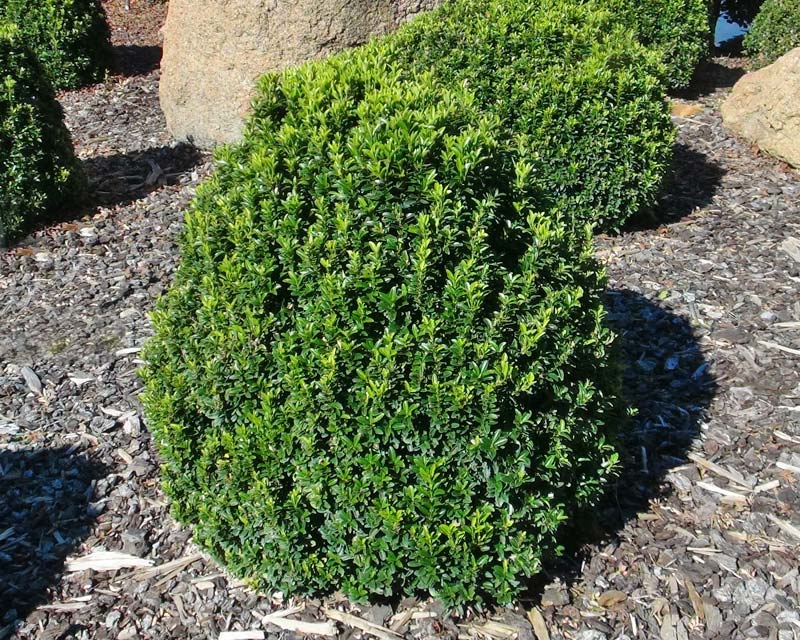



Euonymus Japonicus Microphyllus Gardensonline



Evergreen
"Pruning by the Numbers simplified pruning rules for tallspindle apple trees" Jim Schupp, PhD Professor of Pomology, Pennsylvania State University PresThere are 60 different forms of euonymus available from American sources They range from evergreen shrubs, such as Japanese euonymus (Euonymus japonicus), to evergreen vines, such as wintercreeper euonymus (E fortunei), to deciduous groundcovers, such as running euonymus (E obovatus)All euonymus species prefer full sun or light shade and fertile, moist, welldrained soilWhen to Prune Japanese Maple Trees The best time to trim most ornamental and fruit trees is during the winter months while they are dormant For Japanese maples, it is recommended to do structural pruning in the winter and wait until late spring, after the leaves come out, for fine pruning Summer can also be a good time for removing larger




Reviving A Neglected Shrub




Pruning With A Grass Shears The Evergreen Spindle Japanese Spindle Euonymus Japonicus In The End Of The Winter In The Netherlands Bergen Netherla Stock Photo Alamy
In its native Japan, it is often found on slopes, in thickets and woods, and especially near the sea It is drought and moderately salt spray tolerant, and can withstand heavy pruning The plant is in leaf year round and produces small, nonornamental blossoms in spring and early summer E japonica , Japanese Spindle Tree (Evergreen Euonymus) E kiautschovica Spreading Euonymus Fatsia japonica Japanese Aralia Forsythia intermedia Border Forsythia Forysythis suspensa Weeping Forsythia F viridissima Greenstem Forsythia Gaillardia sp Gaillardia, Blanket Flower "Goblin" Gardenia jasminoides Gardenia, CapeJasmine, RadicansEuonymus japonica 'Japanese spindle Bush' Features Extremely hardy, versatile and low maintenance shrub Attractive, Evergreen, bushy plant with thick green leaves and an upright growing habit Popular for hedging and topiary and thrives in an open position with well drained soil Prune as required and mulch to suppress weeds




Euonymus Japonicus Bravo Evergreen Spindle Japanese Sp




How To Create A Miniature Euonymus Bonsai Part 2 Broom Style S Root Pruning Potting Youtube
There are several tools that you will need to perform your pruning or trimming of a Euonymus shrub Each of them is appropriate for different cases depending on age, time of year, type of pruning, etc Hand Pruning Shears Stems up to half inch in diameter can be pruned with hand shears Lopping Shears It is suitable to use on stems between half inch and 2 inches in diameterThe only real book on Japanese Garden pruning readily available to the US reader is Niwaki Pruning, Training and Shaping Trees the Japanese Way The best book on tree pruning is an expensive one aimed more at the professional arborist, An Illustrated Guide to Pruning This book does not specifically cover Japanese style pruning, but contains Pines in Japanese gardens are pruned twice a year In my company in Germany, where we hadn't so much time, we only did all the tasks together once in early summer, which is possible too, but not desirable Here in Japan, my first company did both, Midoritsumi in early summer, and Momiage in late autumn The
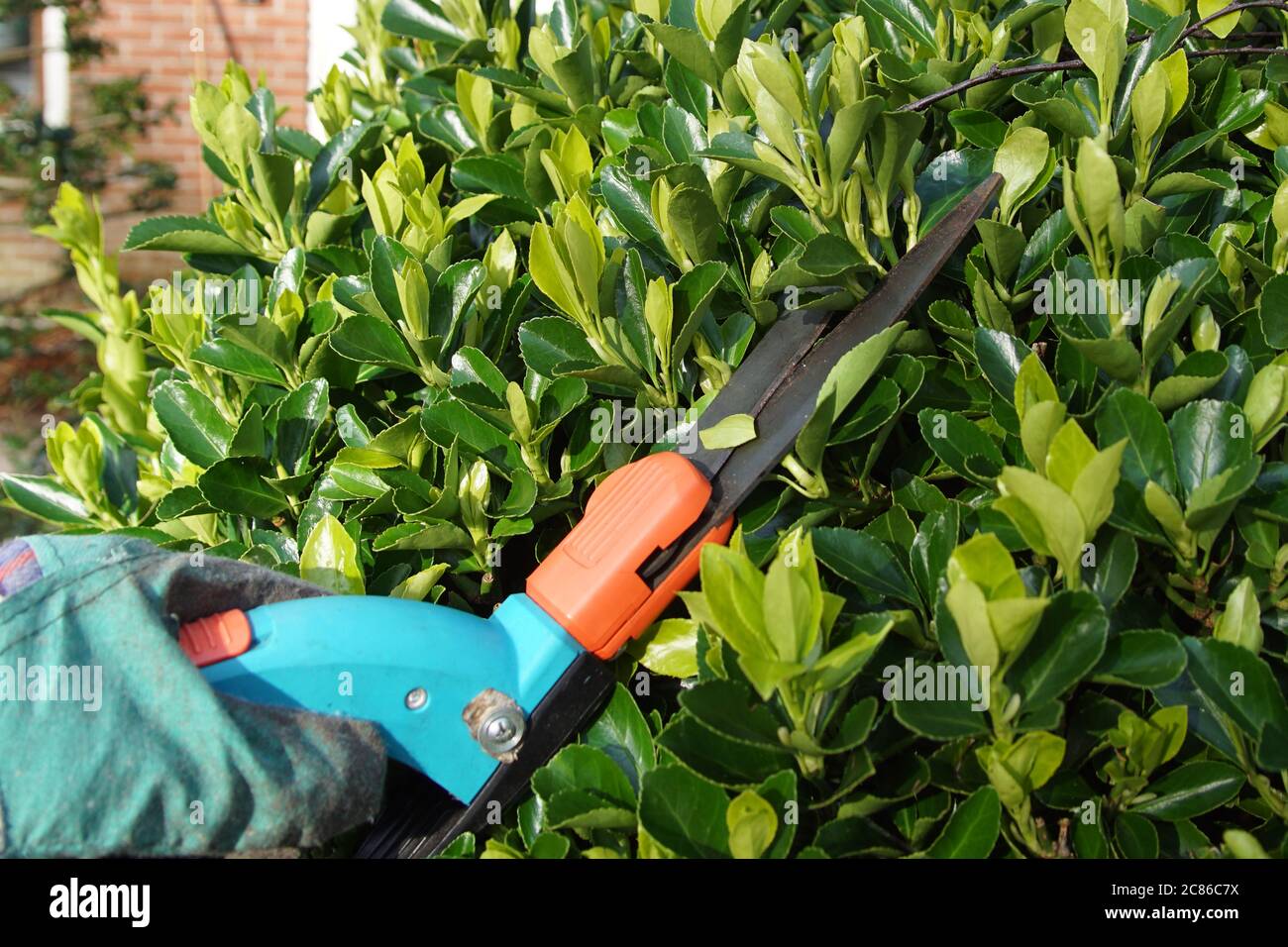



Pruning With A Grass Shears The Evergreen Spindle Japanese Spindle Euonymus Japonicus In The End Of The Winter In The Netherlands Bergen Netherla Stock Photo Alamy




Photo Of The Entire Plant Of Japanese Spindletree Euonymus Japonicus Silver King Posted By Lily Lover Garden Org
Dwarf Japanese spindle bush is a great plant for use as a small hedge or for topiary Can be grown in full sun or part shade Grows well in many areas but prefers moist well draining soil Responds excellent to regular pruning Frost hardyThey prefer a sunny area but will tolerate shade Also known as Japanese Spindle 'White Spire', this plant can sometimes be found listed as Euonumys 'White Spire' Preferring a sunny spot in sheltered locations, this evergreen will grow in most soil conditions New stems and foliage can appear without any variegation, prune these out completelyJust do prune if the plant grows in one colour only to this end, early spring is best All new shoots will then be variegated once more You don't really have to, but pruning is preferred to keep the colours in the plant After pruning, the plant will grow its best colours green, with new shoots being variegated



Euonymus Japonicus Nurseries Online Usa




Tame Too Big Bushes With Pre Spring Pruning Dave S Garden
Euonymus japonica 'variegata' Japanese spindle tree, evergreen euonymus This evergreen can be brought indoors for the winter where it is not zone hardy A winter temperature of 4659F is preferable It grows to 12 feet, and has glossy leaves reminiscent of box Hardy in zones 79Spindle E europaeus is a spreading deciduous shrub to 3m, with narrowly ovate leaves turning yellow or red in autumn, and panicles of small yellow flowers followed by 4lobed red fruits which split to reveal orange seeds Other common names ananbeam cat tree see more catwood common spindle tree dogwoodPrune your spindle bush plant to the desired size and shape in spring Spread mulch around the plant after pruning Feed your spindle bush every spring, using a balanced, general purpose fertilizer If caterpillars are a problem during the blooming season, it's easy to remove them by hand




How To Grow Green Spire Euonymus Upright Narrow Evergreen Shrub Youtube




Japanese Euonymus Silver Queen Euonymus Japonicus My Garden Life
Learn how to prune Japanese Maples from renowned pruning guru Cass Turnbull, founder of PlantAmnesty PlantAmnesty's mission is to end the senseless torture Japanese maples are spectacular landscape tree specimens that offer yearround color and interest Some Japanese maples may only grow 6 to 8 feet (2 m), but others will achieve 40 feet (12 m) or more Pruning Japanese maples is rarely necessary in mature trees, if they have been trained when youngThe Japanese spindle tree is cultivated in Russia and Spain for the latex contained in the root It is best grown in a dry soil and an open position when being grown for its latex61, 74 Plants are often slow to get established Plants can be susceptible to attacks by caterpillars1 and are often damaged during the flowering season11




Euonymus Japonicus Box Leaf Euonymus Dwarf Japanese Euonymus Var Microphyllus Evergreen Euonymus Japanese Euonymus Japanese Spindle Tree Spindle Tree North Carolina Extension Gardener Plant Toolbox
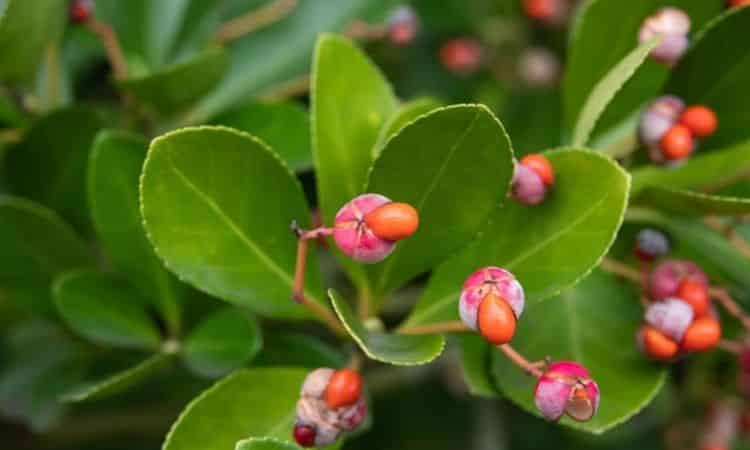



Spindle Tree Everything To Plant And Care For The Euonymus
Japanese Spindle Tree (Evergreen Euonymus) E kiautschovica Spreading Euonymus Fatsia japonica Japanese Aralia Forsythia intermedia Border Forsythia Forysythis suspensa Weeping Forsythia Scientific Name Common Name F viridissima Greenstem Forsythia Gaillardia sp Gaillardia, Blanket Flower "Goblin"Pruning Ornamental Trees and Shrubs CONSUMER HORTICULTURE HO4W Remove Undesirable Growth Pruning can encourage plant vigor when you remove weak, overcrowded growth Such thinning often improves the plant's visual balance or symmetry Remove Dead, Diseased, or Broken Branches Pruning will help maintain the plant's shape, vigorSoil type Welldrained/light, Clay/heavy, Chalky/alkaline, Moist Height 0cm Spread 0cm Time to prune August to August This is an evergreen shrub that stands out because of its young




Euonymus Japonicus Aureomarginatus North Carolina Extension Gardener Plant Toolbox




1 Euonymus Japanese Spindle Tree Photos Free Royalty Free Stock Photos From Dreamstime
The Spindle Tree found in our hedges and copses is a smoothleaved shrub The leaves have very short stalks, are opposite in pairs and have minute teeth on the margin It bears small greenishwhite flowers, in loose clusters, during May and June, followed by an abundance of fruitsPropagation of Euonymus japonicus Bet propagated by taking semiripe cuttings in late summer and placing in cold frame or cool greenhouse They are quite quick to root, so best if 3 or 4 are placed in a small pot, and then left in the pot after rooting to be planted out in the spring Japanese spindle (Euonymus japonicus) The Japanese spindle tree, or evergreen spindle, comes from Asia and can grow several metres tall in favourable conditions However, this species is not winter hardy and must therefore be kept in a pot, where it remains somewhat smaller




Golden Japanese Euonymus Euonymus Japonicus Aureus My Garden Life



Euonymus Not All Colour In Your Garden Comes From Flowers Steemit
Cutting spindle trees Spindle trees do not need to be cut, because they develop a beautifully shaped crown of their own accord In the case of evergreen species that are kept as hedges or ground cover, you can simply use garden shears The plants are very tolerant of pruningGrowing Spindle Tree Several horticultural varieties and cultivars of medium to slowgrowing, upright, compact, evergreen shrubs, 5–10 ft (15–3 m) tall and 5–6 ft (15–18 m) wide, with shiny, bright to deep green, or silver, white, yellowedged or variegated, oval, pointed, finely toothed leaves, 11/2–3in (38–75mm) long




Caring For Golden Euonymus Shrubs How To Grow Golden Euonymus



Euonymus Japonicus Or Japanese Spindle Care And Growing
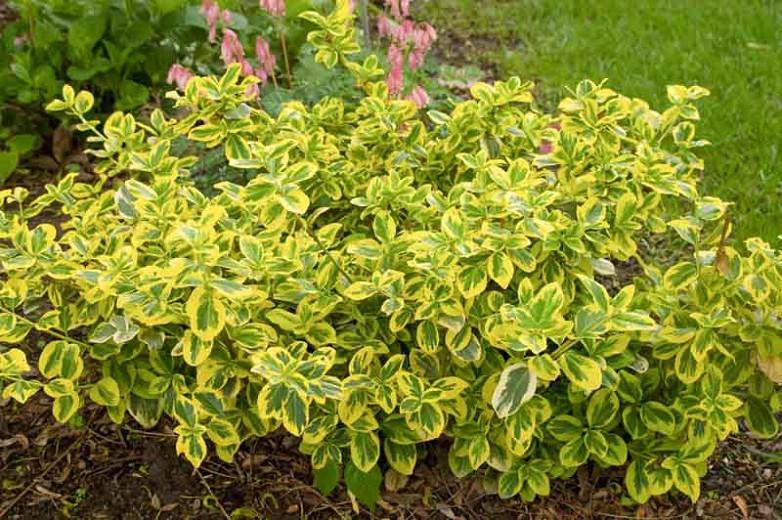



Euonymus Fortunei Gold Splash Wintercreeper
/grow-japanese-spindle-plants-indoors-1902550-04-ae2962c3be2444c2b5c4f68dd2d64359.jpg)



Growing Japanese Spindle Plants




Japanese Spindle Tree Weedbusters



1
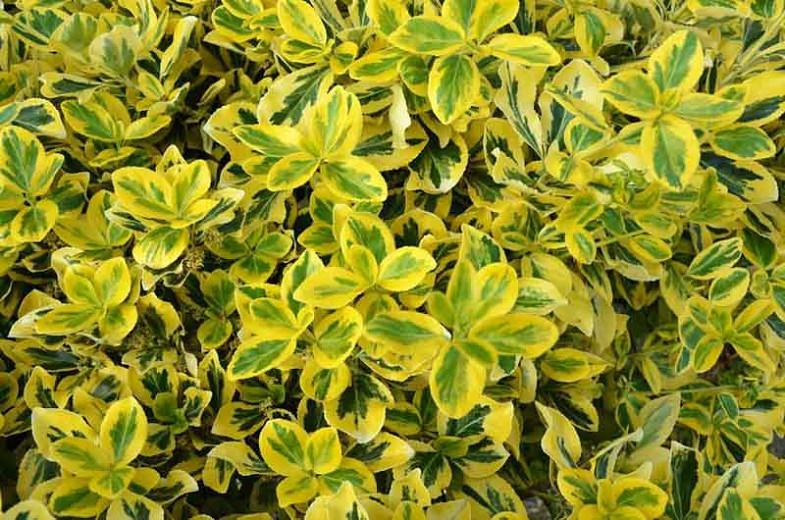



Euonymus Fortunei Emerald N Gold Wintercreeper
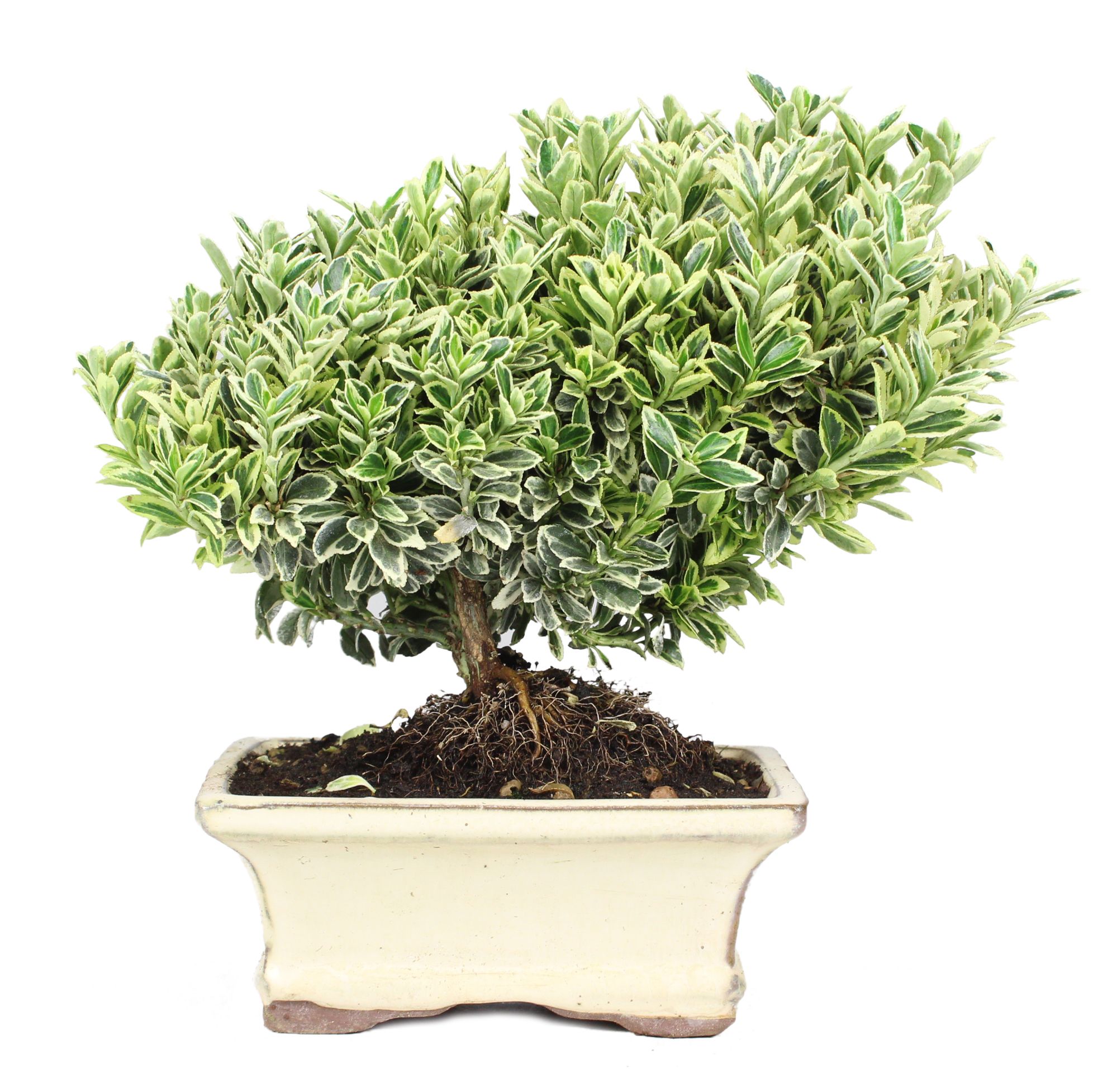



Eonymus Outdoor Bonsai Data Sheet Mistral Bonsai




Japanese Spindle Euonymus Japonicus Chew Valley Trees
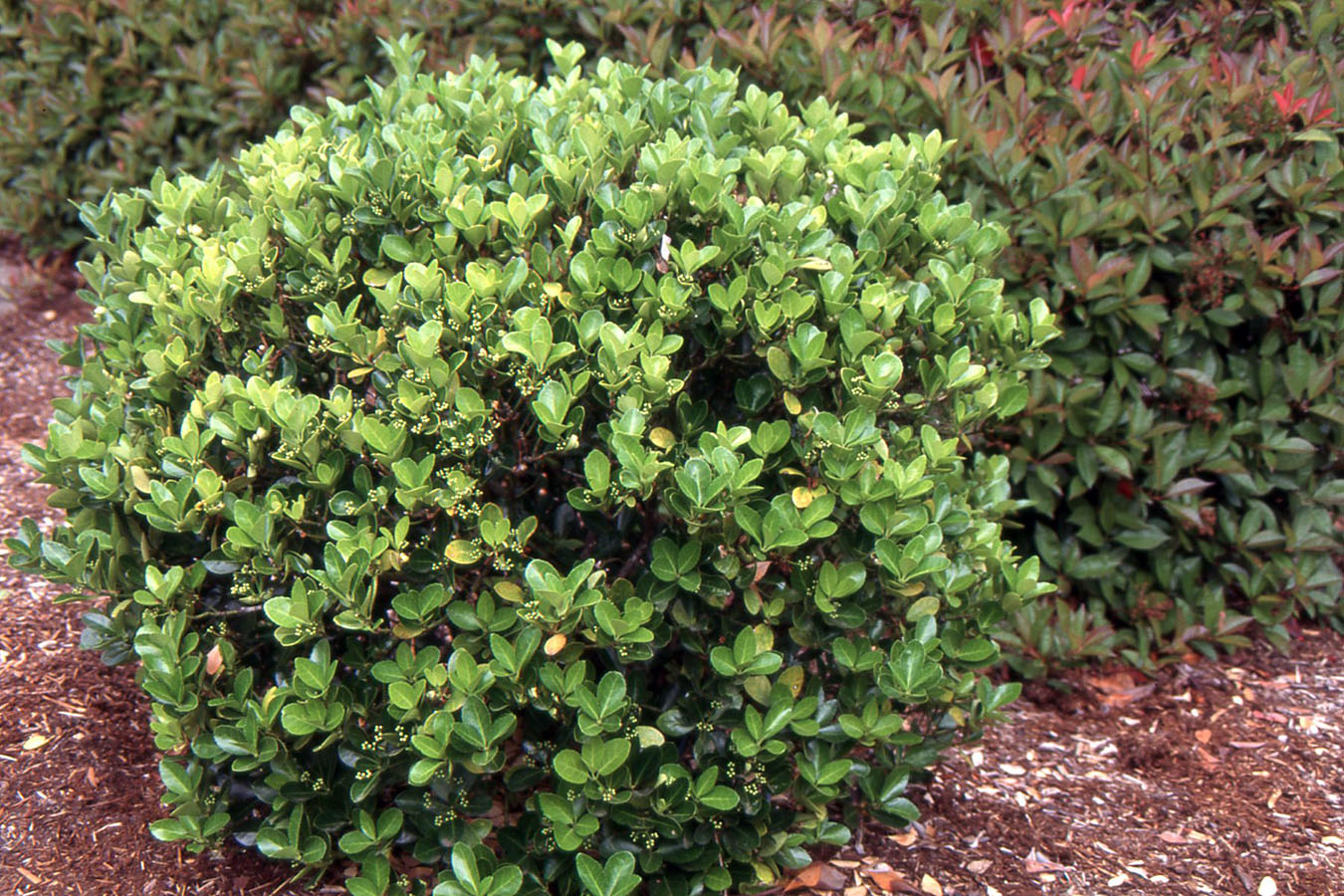



Euonymus Japonicus Landscape Plants Oregon State University
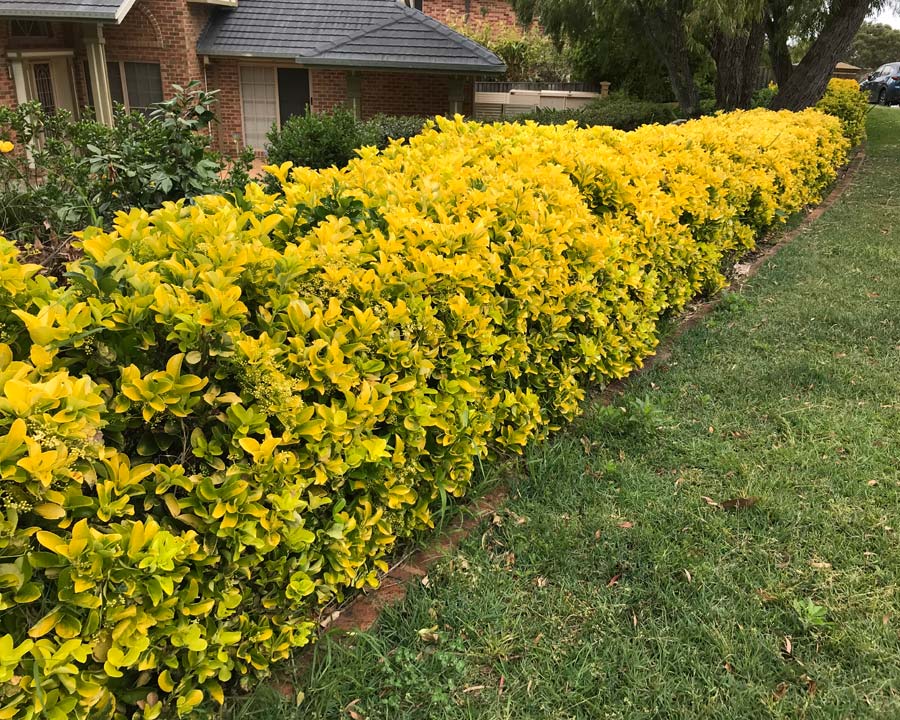



Euonymus Japonicus Aureomarginatus Gardensonline




Euonymus Japonicus Box Leaf Euonymus Dwarf Japanese Euonymus Var Microphyllus Evergreen Euonymus Japanese Euonymus Japanese Spindle Tree Spindle Tree North Carolina Extension Gardener Plant Toolbox



Euonymus Japonicus Media Database



1




Euonymus Japonicus Landscape Plants Oregon State University



Euonymus Japonicus Or Japanese Spindle Care And Growing




Bonsai Beginnings Japanese Spindle Tree




c Gardening Plant Finder Japanese Spindle




Evergreen Shrub Euonymus J Silver Queen Urban Tree Farm Nursery
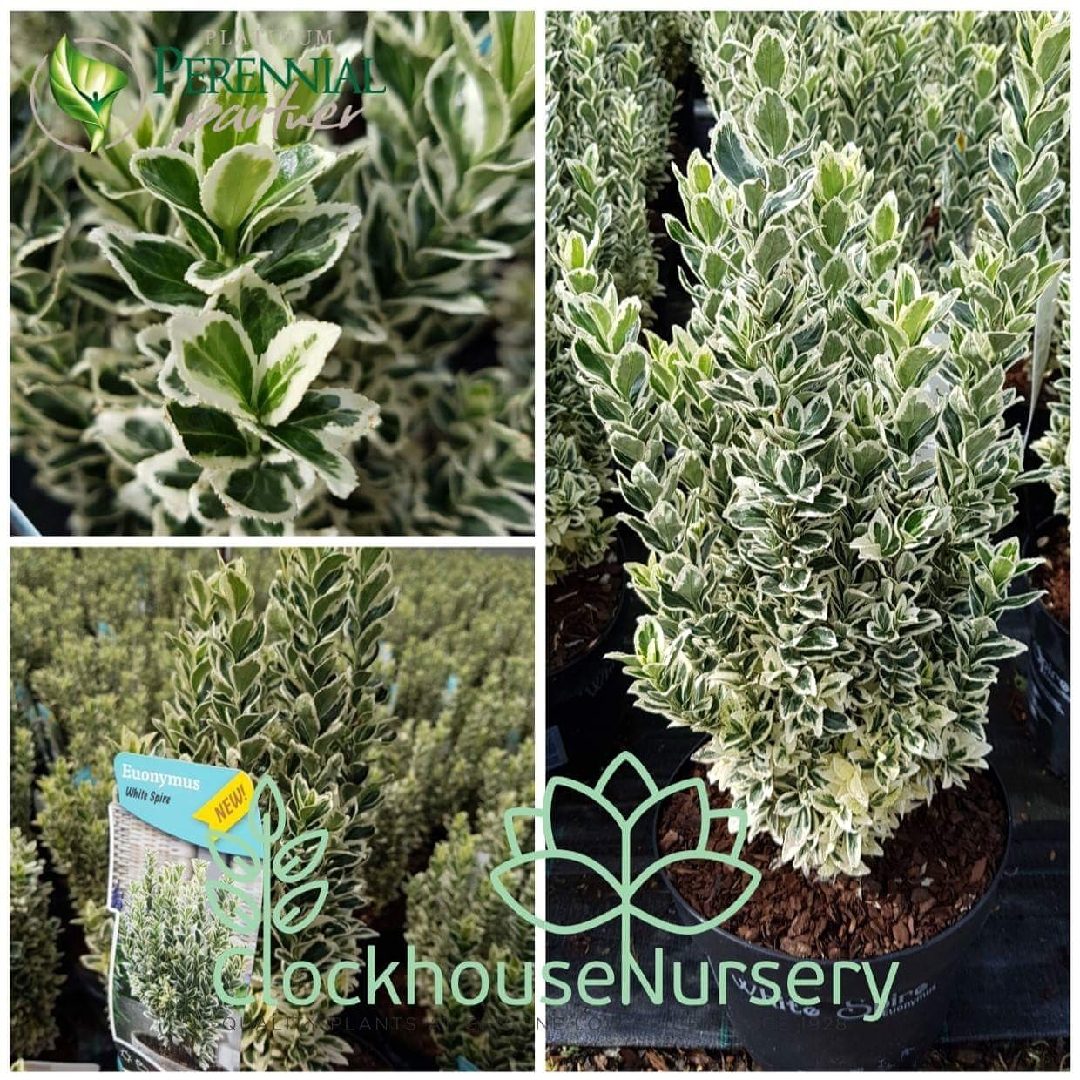



Euonymus Japonicus White Spire Spindle White Spire In Gardentags Plant Encyclopedia




Spindle Planting Pruning And Advice On Caring For It
:max_bytes(150000):strip_icc()/thespruce.com-emerald-n-gold-euonymus-shrubs-2132073-8-99126a8b2a544e829dcc4f5c68255876.jpg)



Wintercreeper Euonymus Care And Growing Guide




Euonymus Japonicus Box Leaf Euonymus Dwarf Japanese Euonymus Var Microphyllus Evergreen Euonymus Japanese Euonymus Japanese Spindle Tree Spindle Tree North Carolina Extension Gardener Plant Toolbox




Euonymus Japonicus Box Leaf Euonymus Dwarf Japanese Euonymus Var Microphyllus Evergreen Euonymus Japanese Euonymus Japanese Spindle Tree Spindle Tree North Carolina Extension Gardener Plant Toolbox



1




Euonymus Japonicus Benkomasaki Japanese Spindle Erecta Care Plant Varieties Pruning Advice




Spindle Tree Bonsai Bonsai Tree Bonsai Tree




Winter Dessication Of Euonymus How To Fix Winter Damage In Euonymus Shrubs




Spindle Tree Japanese Microphyllus Buy Spindle Tree Japanese Microphyllus Euonymus Japonicus Microphyllus




Euonymus Japonicus Bravo Havlis Cz




Japanese Spindle Tree High Res Stock Images Shutterstock
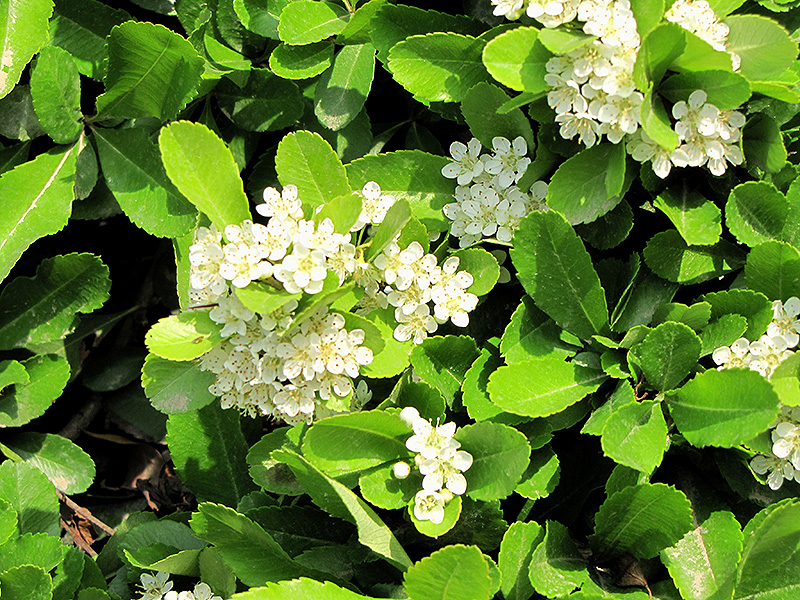



Japanese Euonymus Euonymus Japonicus In San Antonio Texas Tx At Rainbow Gardens
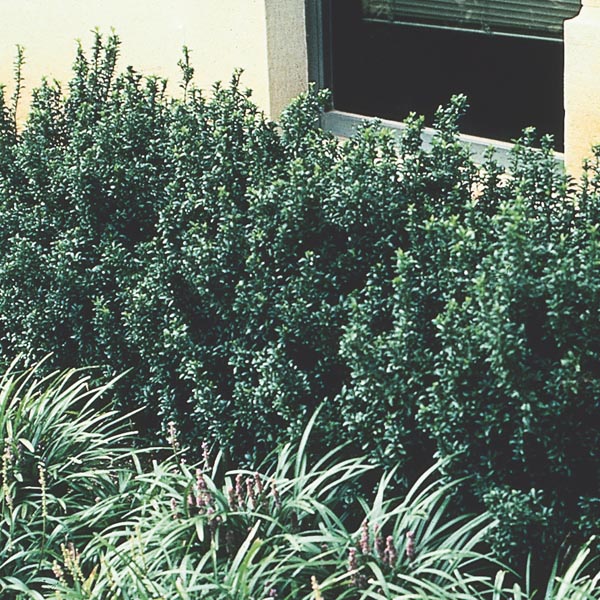



Japanese Euonymus Euonymus Japonicus My Garden Life




Euonymus Japonicus Aureomarginatus Japanese Spindle Golden Aureo Marginatus Aureo Marginata Aureomarginata Care Plant Varieties Pruning Advice




Spindle Tree The Joy Of Plants




How To Prune Euonymus Viette S Views
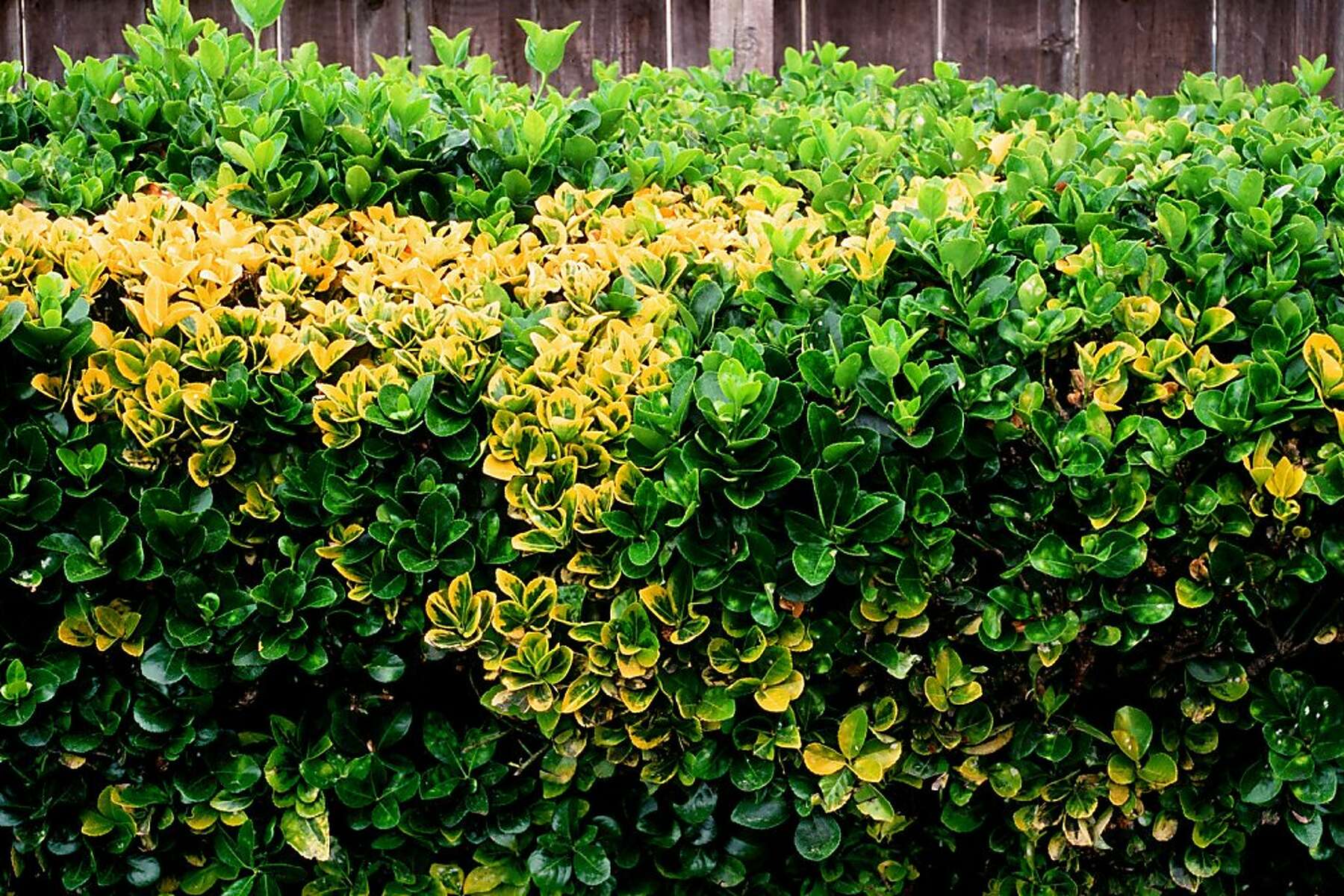



Reviving A Neglected Shrub




Euonymus Evergreen Pruning Winter Care And Fertilizing Hawks Landscape Inc
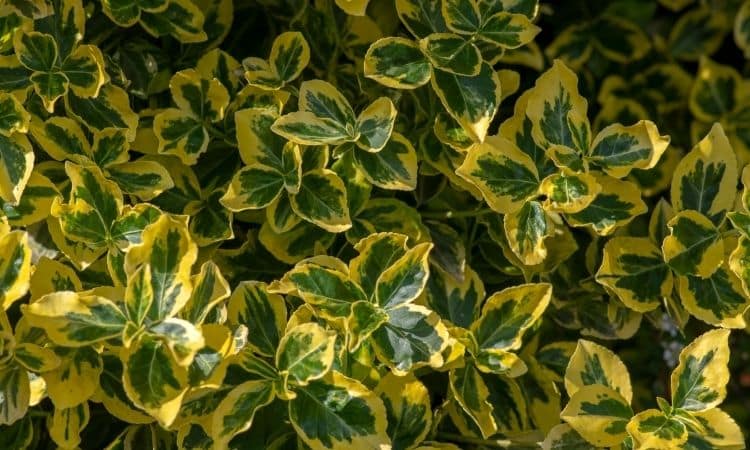



Spindle Tree Everything To Plant And Care For The Euonymus




Japanese Spindle Tree Weedbusters
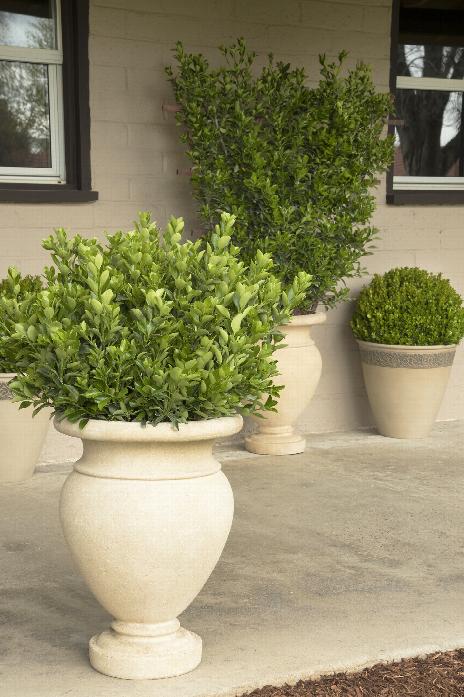



Japanese Euonymus



In Color Burning Bush Seattle Japanese Garden




Euonymus Japonicus Microphyllus Japanese Spindle The Gardener The Gardener




Bonsai Beginnings Japanese Spindle Tree
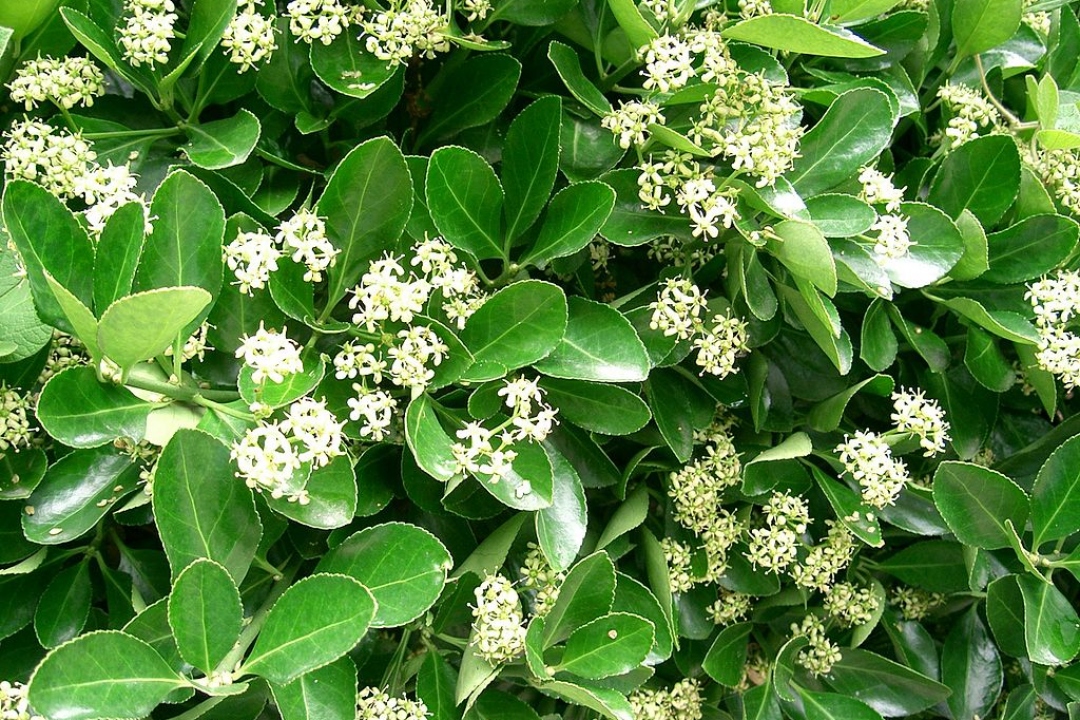



Fusain Du Japon Euonymus Japonicus Growing Planting Caring




Euonymus Planipes Spindle Tree



Gold Variegated Japanese Euonymus Euonymus Japonicus Aureomarginatus In Boston Concord Sudbury Weston Newton Lexington Massachusetts Ma At Stonegate Gardens




Pruning Euonymus Youtube




Euonymus Powdery Mildew Pacific Northwest Pest Management Handbooks
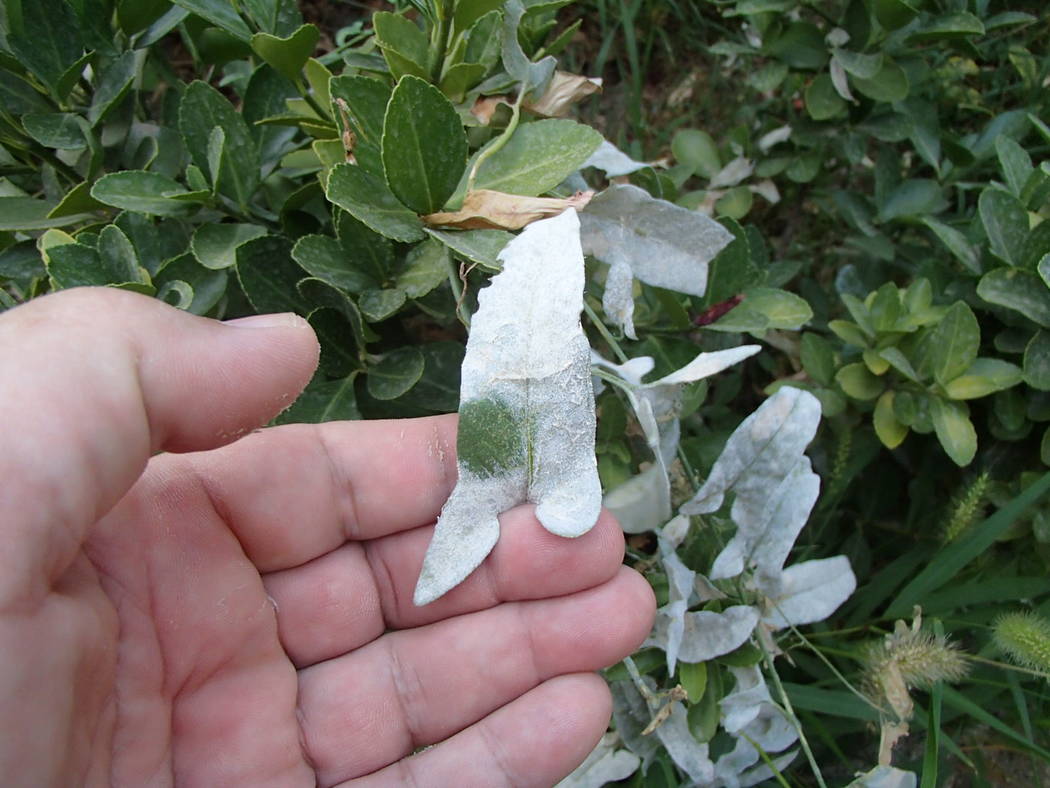



Pruning Can Be Done Any Time Of Year Las Vegas Review Journal




Japanese Spindle Bonsai I Bonsai Outlet Web1446




Prune Those Overgrown Hedges Now This Expert Demonstrates How Greenbelt Online




Prune Those Overgrown Hedges Now This Expert Demonstrates How Greenbelt Online



Trees Shrubs Spindle Tree Euonymus Europaeus London Tree Surgeons Tree Surgery Tree Cutting Tree Care And Garden Services




Spindle Tree Species Growth Care Plants Nepal




Japanese Spindle Tree Euonymus Japonicus Youtube




Euonymus Japonicus Box Leaf Euonymus Dwarf Japanese Euonymus Var Microphyllus Evergreen Euonymus Japanese Euonymus Japanese Spindle Tree Spindle Tree North Carolina Extension Gardener Plant Toolbox



Euonymus Japonicus Grandifolia




Find Some Euonymus For Your Garden



Silver King Euonymus Euonymus Japonicus Silver King In Boston Concord Sudbury Weston Newton Lexington Massachusetts Ma At Stonegate Gardens




Euonymus Japonicus Box Leaf Euonymus Dwarf Japanese Euonymus Var Microphyllus Evergreen Euonymus Japanese Euonymus Japanese Spindle Tree Spindle Tree North Carolina Extension Gardener Plant Toolbox




Euonymus Japonicus Care Tips On Growing The Japanese Euonymus




Dwarf Japanese Euonymus Microphyllus Euonymus Japonicus My Garden Life



Euonymus Japonicus Evergreen Spindle Japanese Spindle Tr
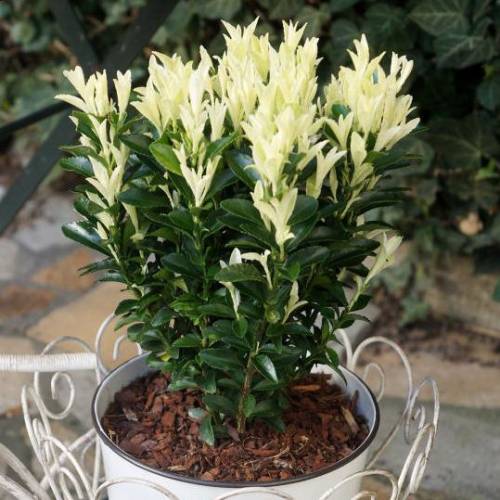



Spindle Tree Japanese Paloma Blanca Buy Spindle Tree Japanese Paloma Blanca Euonymus Japonicus Paloma Blanca




Japanese Spindle Tree Growing Garden Manage Gfinger Is The Best Garden Manage App
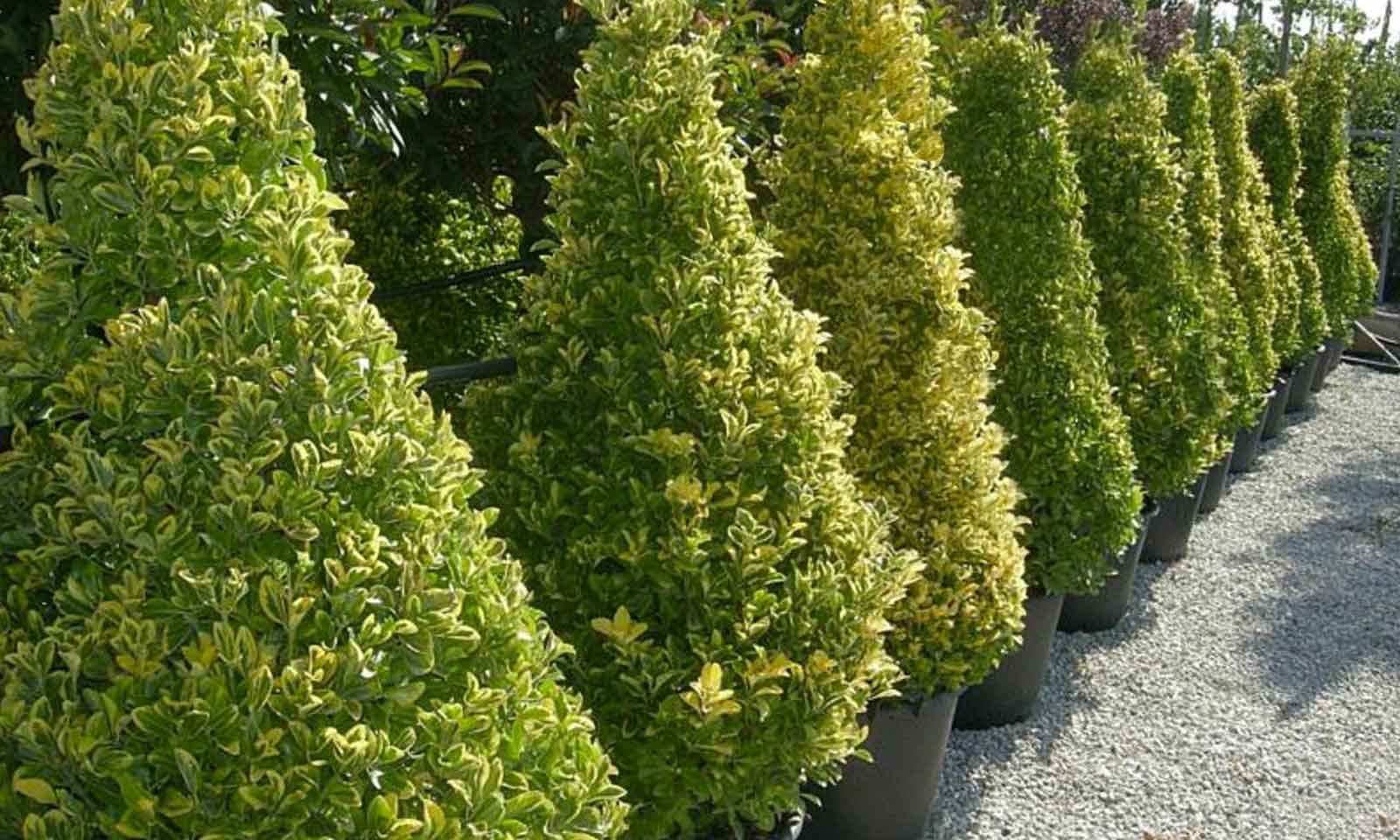



Euonymus Japonicus Elegantissimus Aureus Japanese Spindle Aureus Cone Garden Plants Online




Specialist Pruning Rupert Bannister




How To Grow And Care For Euonymus Plus Alternatives Hgtv




Dwarf Japanese Euonymus Aureovariegatus Euonymus Japonicus Microphyllus My Garden Life




Euonymus Japonicus Aureomarginatus Gold Edge Japanese Euonymus Youtube
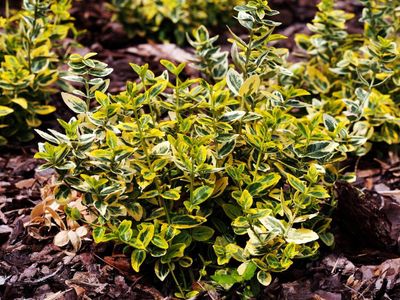



Choosing Euonymus Shrubs What Are Some Popular Euonymus Plant Varieties
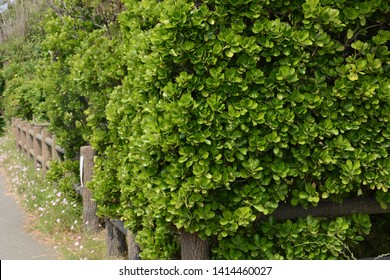



Japanese Spindle Tree High Res Stock Images Shutterstock




Expert Advice On Growing Euonymus Fortunei
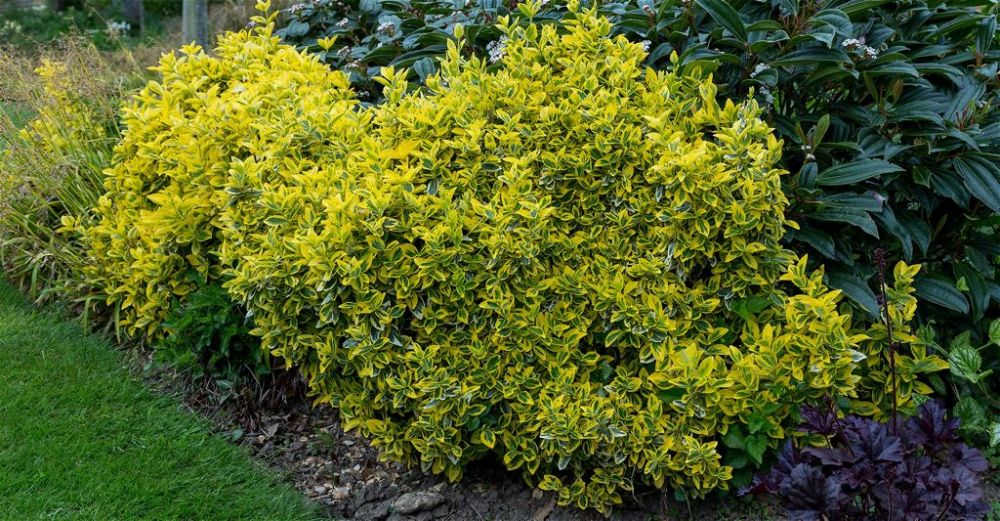



Euonymus Care Guide How To Grow Spindle Tree Diy Garden
:max_bytes(150000):strip_icc()/grow-japanese-spindle-plants-indoors-1902550-08-dc768e34a7ec430499382a49955ea09d.jpg)



Growing Japanese Spindle Plants
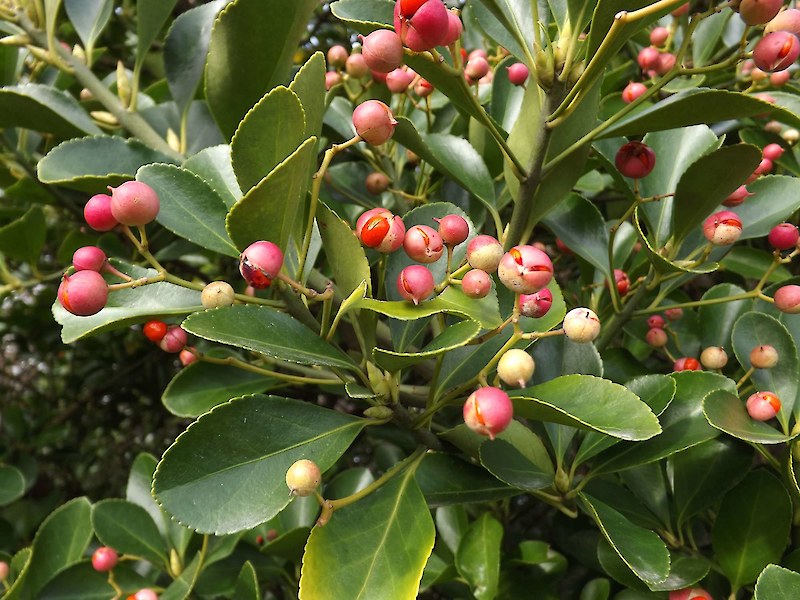



Japanese Spindle Tree Weedbusters




Euonymus Diseases Insect Pests Home Garden Information Center
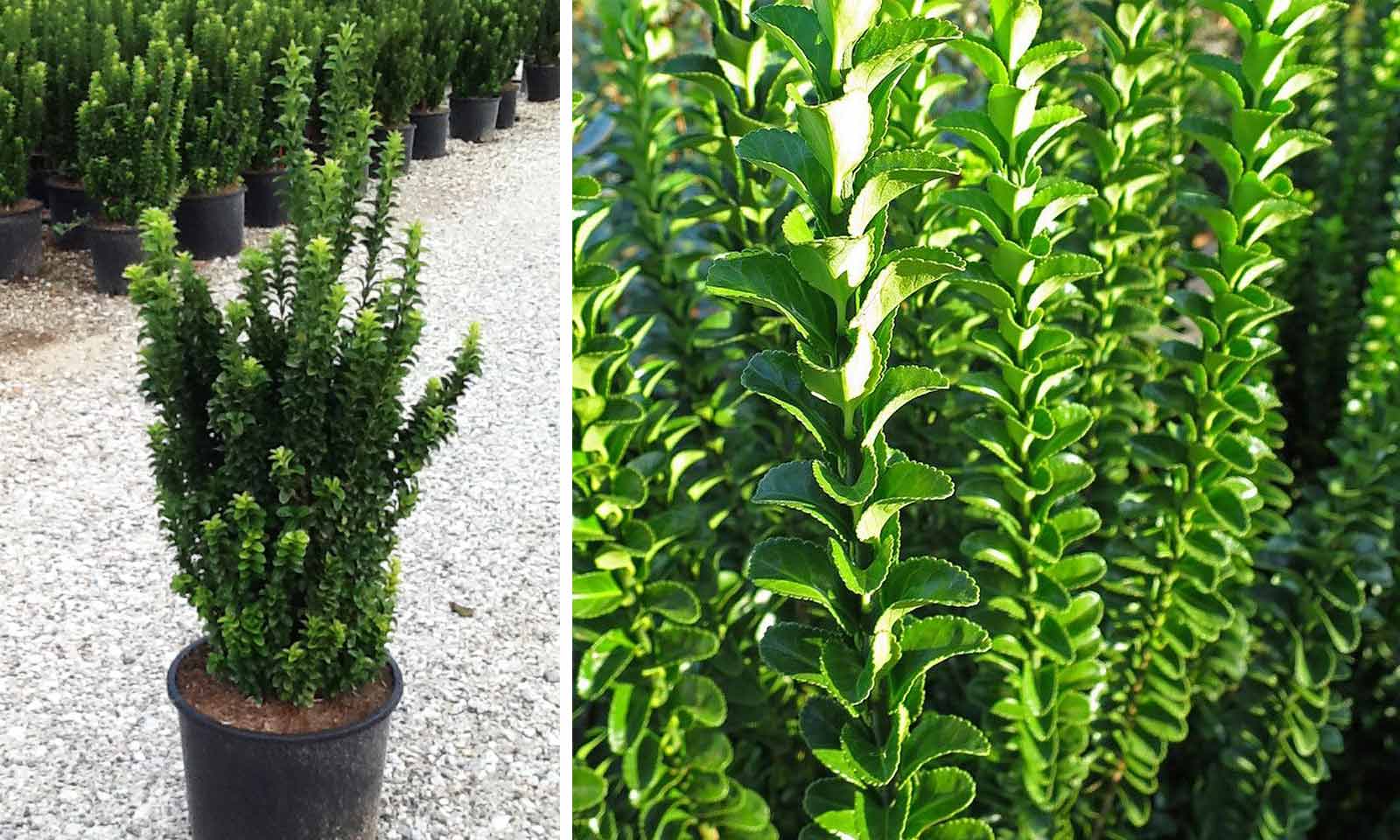



Euonymus Japonicus Benkomasaki Japanese Spindle Benkomasaki Shrub Garden Plants Online
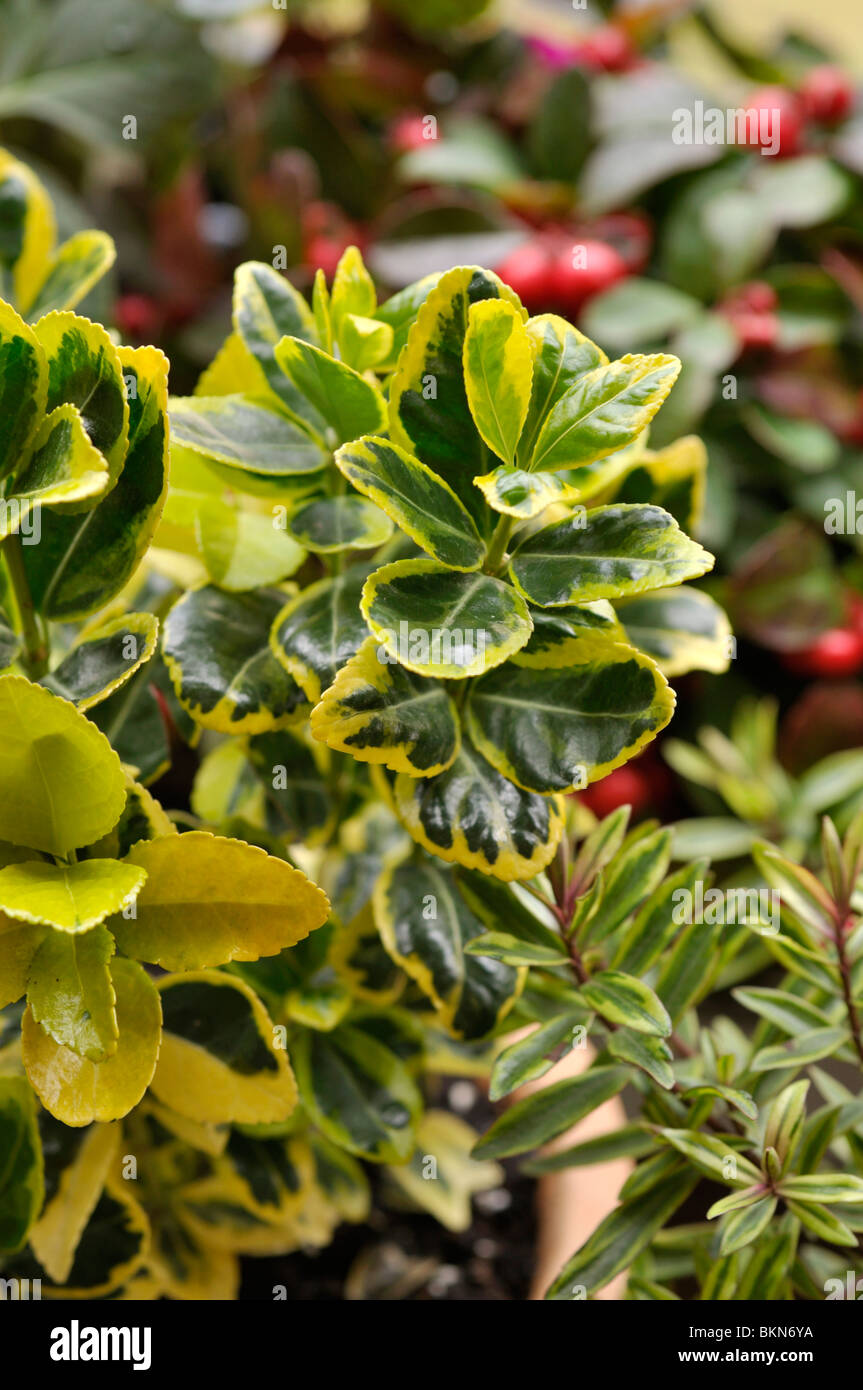



Japanese Spindle Tree Euonymus Japonicus Marieke Stock Photo Alamy
:max_bytes(150000):strip_icc()/grow-japanese-spindle-plants-indoors-1902550-12-a781eff631e14b668c4eb1ca77b51d98.jpg)



Growing Japanese Spindle Plants
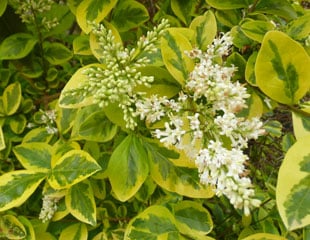



Euonymus
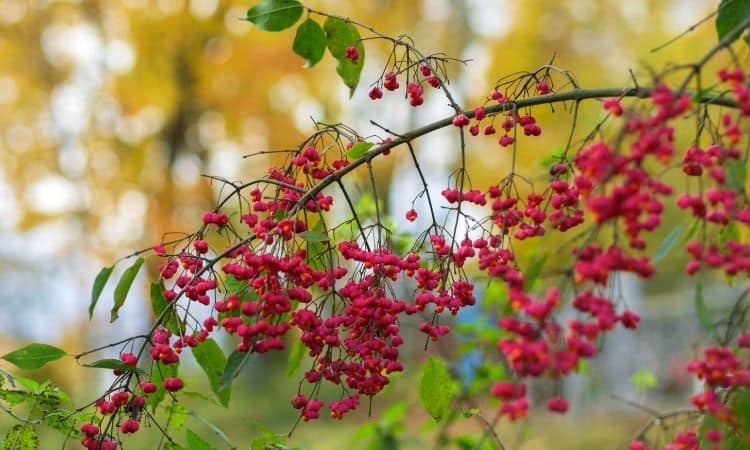



Spindle Tree Everything To Plant And Care For The Euonymus




How To Create A Miniature Euonymus Bonsai Part I Plant Selection Pruning Broom Style Youtube


